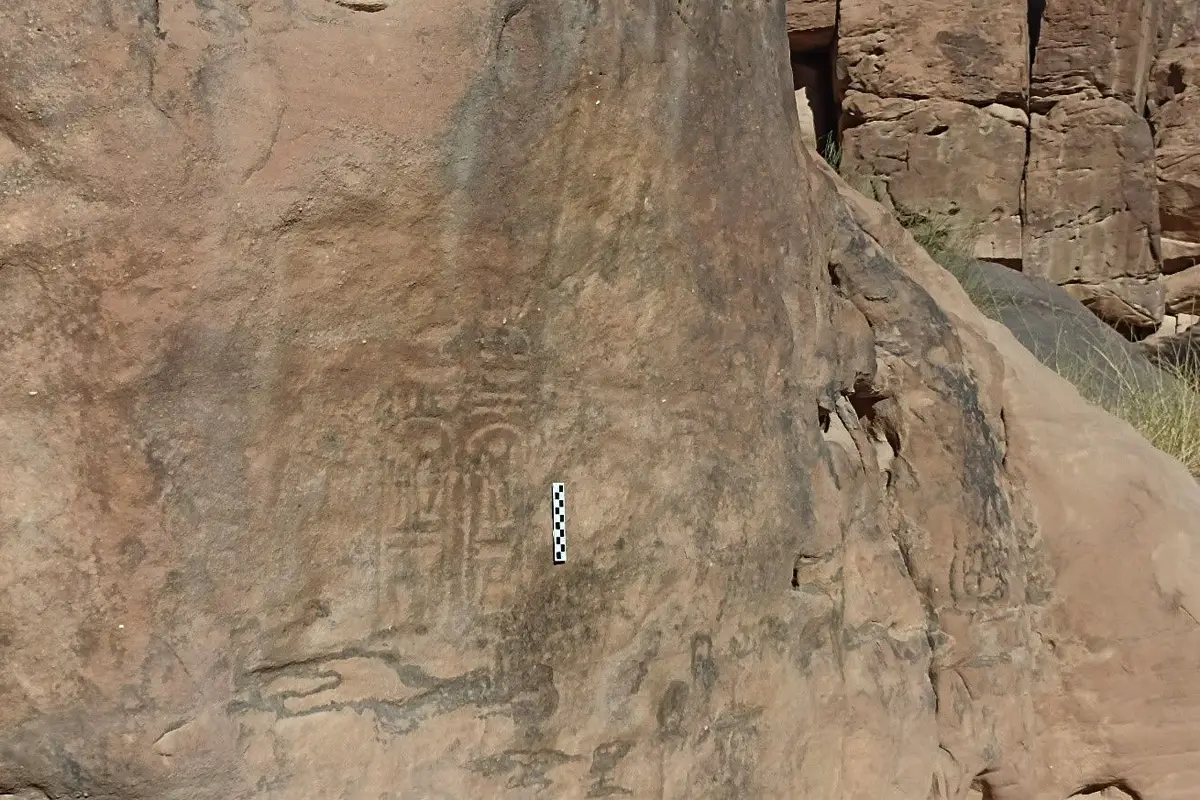Jordan’s Ministry of Tourism and Antiquities has announced the discovery of an inscription bearing the seal of Ramses III in the Wadi Rum Reserve, Jordan.
Usermaatre Meryamun Ramesses III, the second pharaoh of Egypt’s Twentieth Dynasty, is widely considered the last great ruler of the New Kingdom of Egypt.
His reign is most recognised for his defence of Egypt against a series of major invasions—chief among them the mysterious “Sea Peoples,” a confederation of seafaring raiders who threatened many ancient cultures across the Mediterranean.
The most detailed account of these conflicts is preserved at his mortuary temple at Medinet Habu in Thebes, where reliefs depict Ramesses III repelling the invaders during the famous Battle of the Delta, around 1175 BC.
In a recent press statement by the Ministry of Tourism in Jordan, archaeologists have discovered an inscription carved on a rockface that bears the royal seal (Khartoush) of Ramses III, dating back to between 1186 to 1155 BC. The inscription is also inscribed with both Ramses III’s birth name and throne name—confirming his rule over Upper and Lower Egypt.
The inscription was found in the Wadi Rum Reserve, a desert region in part of Jordan’s Ma’an Governorate. Wadi Rum has been inhabited by various ancient cultures, including the Nabataeans, Thamudic tribes, and early Arab Bedouins.
Egypt had extensive trade routes stretching into the Levant and Arabian Peninsula, with Jordan lying at a strategic crossroads. While Jordan was never annexed into the Egyptian Empire, there is growing evidence of Egyptian presence, influence, or contact in the region during various periods of ancient history.
According to archaeologists, the inscription marks the first physical evidence of Egypt’s influence across the region, providing new insights into the historical connection between ancient Egypt and Jordan during the New Kingdom of Egypt.
Header Image Credit : Jordan’s Ministry of Tourism and Antiquities
Sources : Jordan’s Ministry of Tourism and Antiquities





